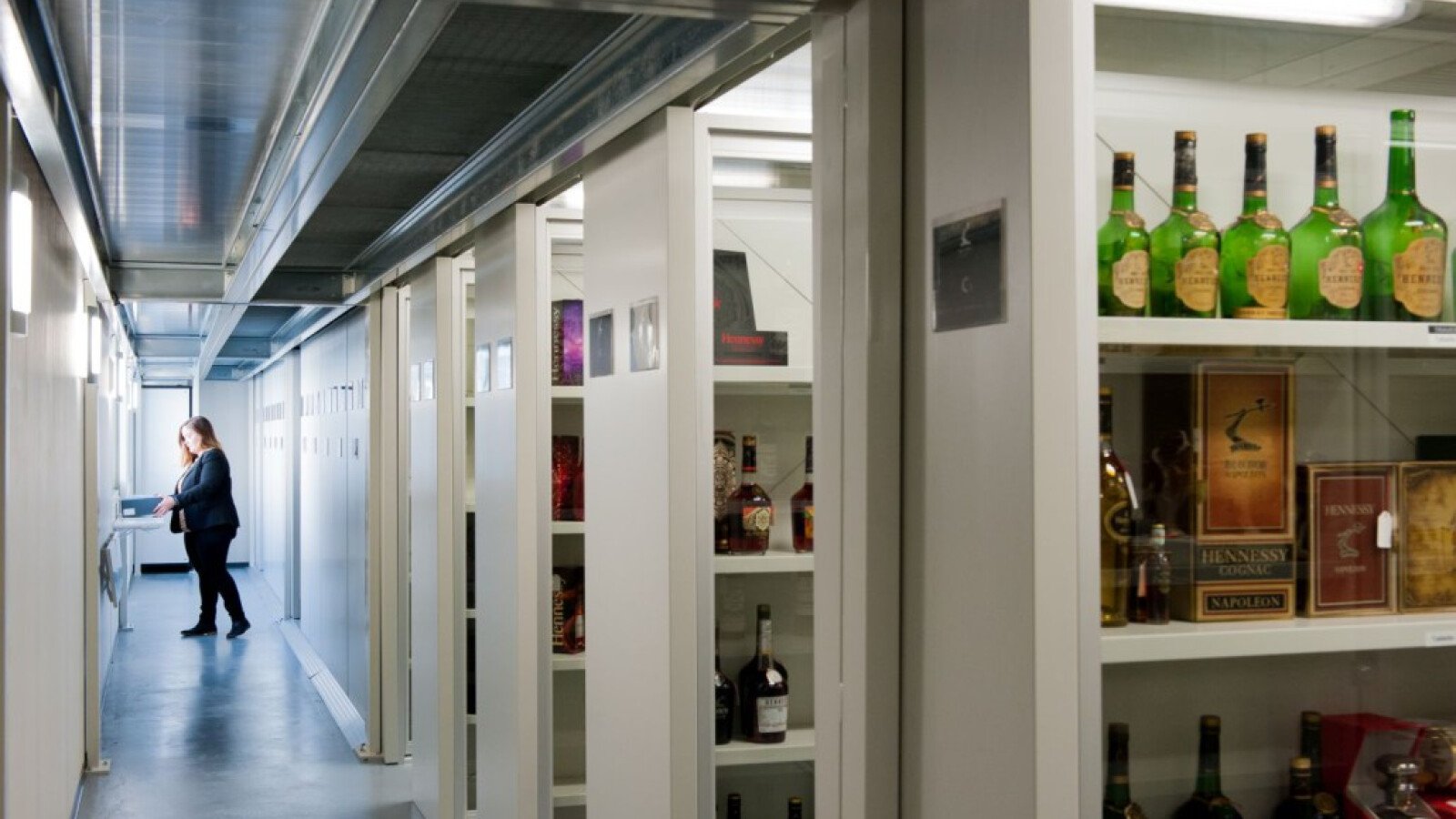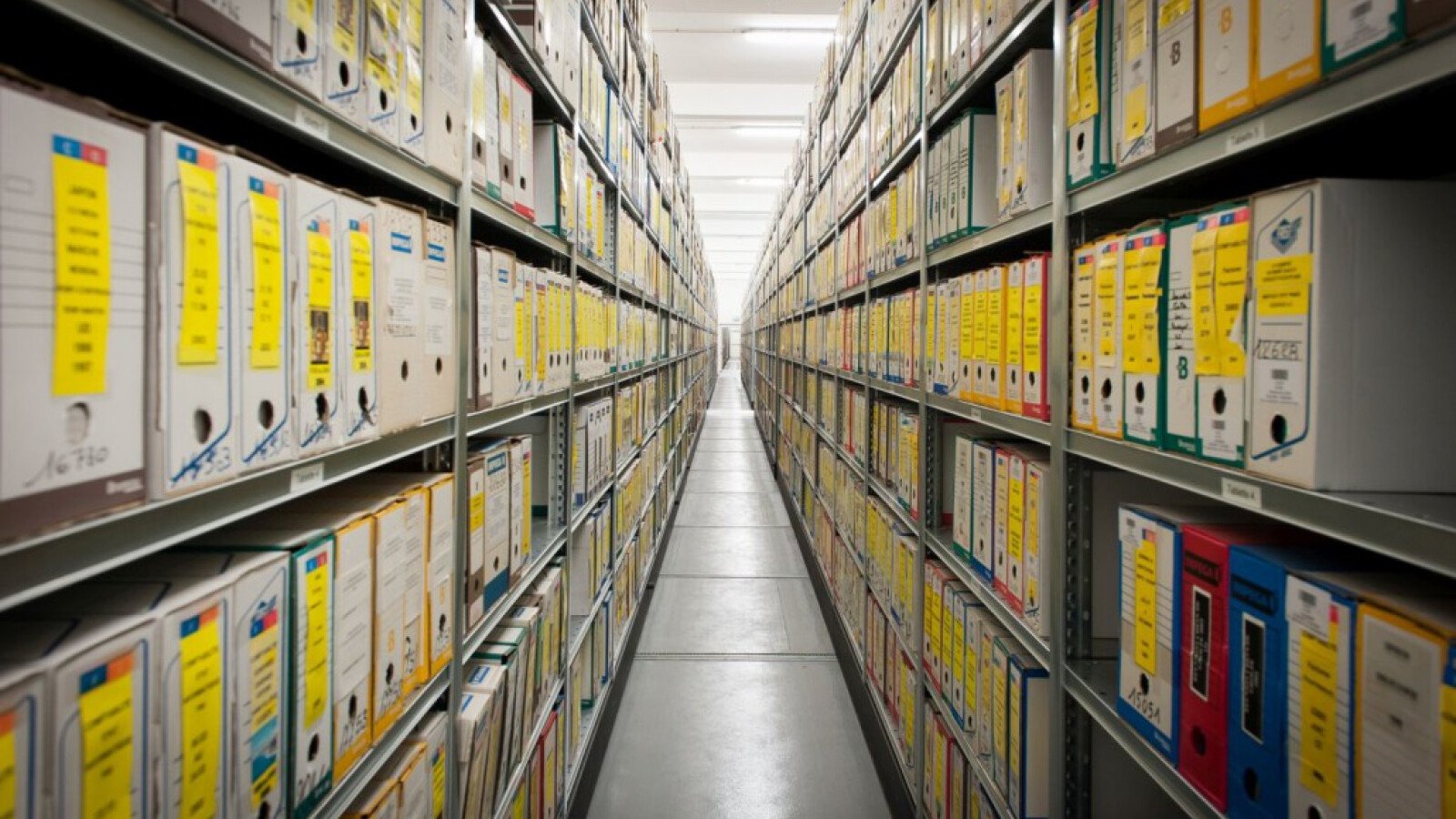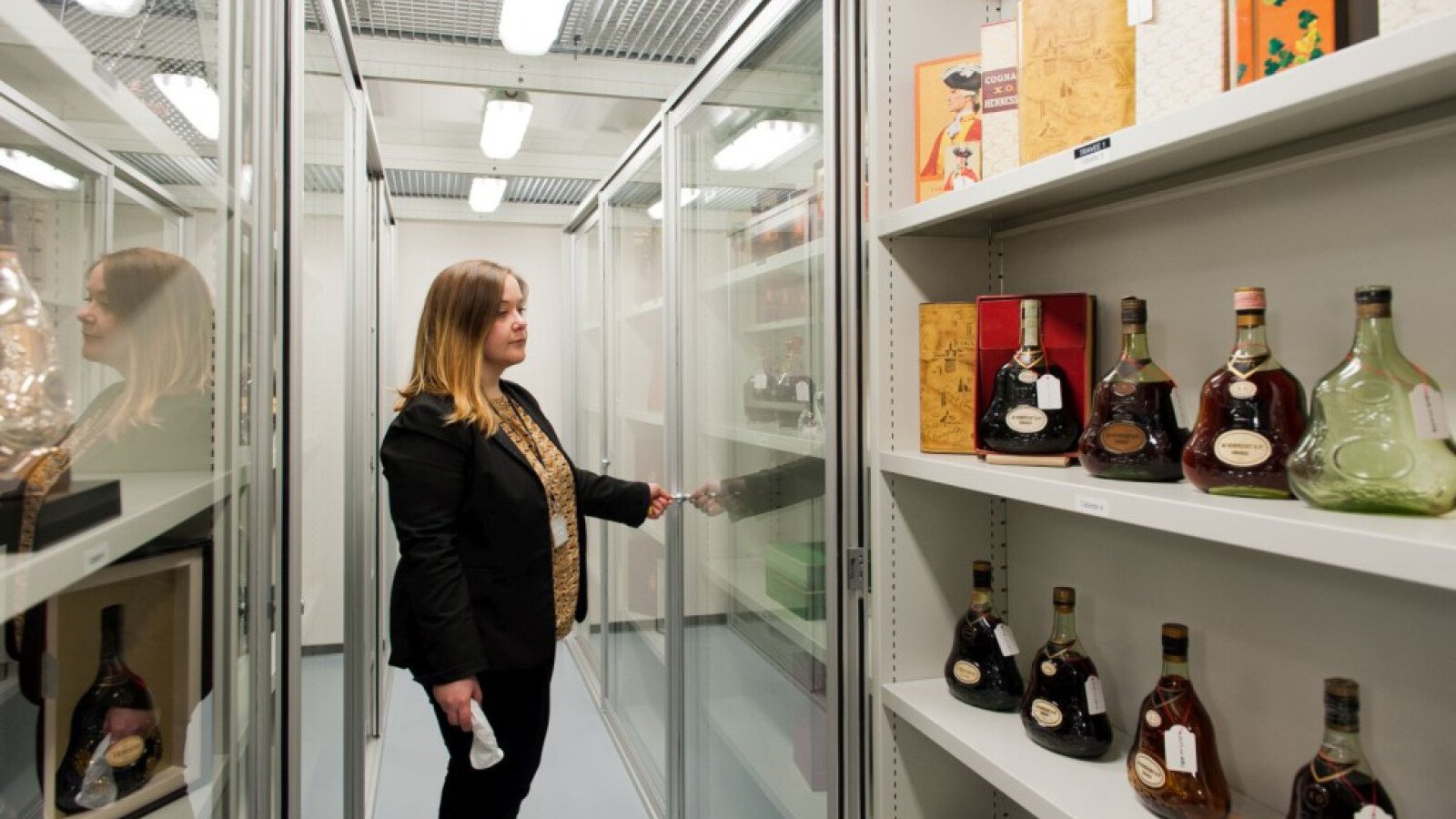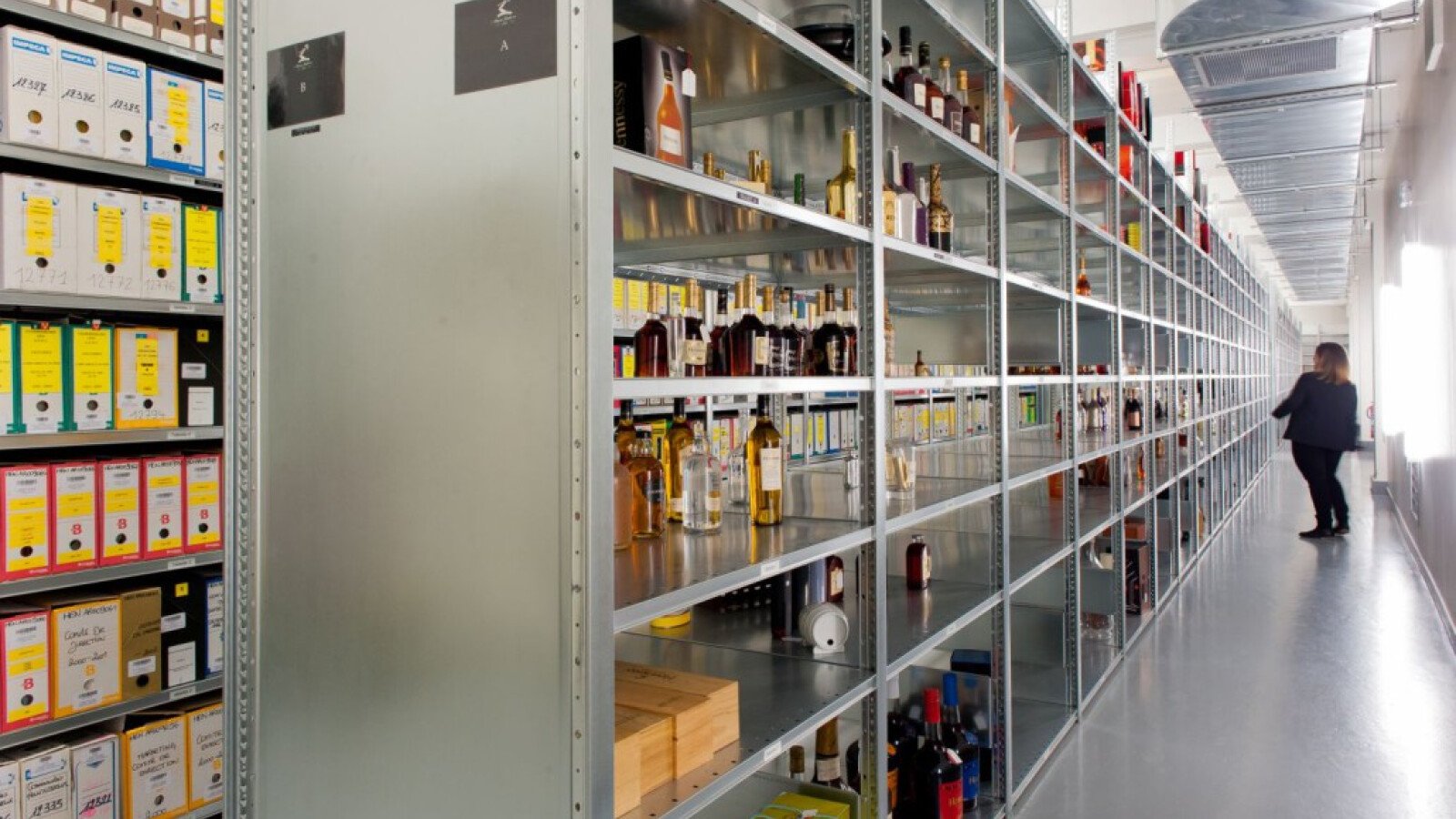-
Applications
-
Product Families
-
About Bruynzeel
-
Highlights
It is important to know where we are coming from in our continued path forward.
Raphael Gérard, Heritage and Cultural Action Manager
Categorize and Centralize
For the contemporary archive, the desire was to categorize and centralize the five different archives. There were a large number of documents that were active and used more frequently. Administrative and legal documents are often needed as a basis in, for example, forgery investigations. The problem in the past has been to easily find the documents when the archives are scattered in different places. The goal was therefore to centralize and make them more accessible. At the same time, they took the opportunity to clean and sort out unnecessary documents.
It is a very good solution we have received, both functionally and representatively. We already have more visitors than we expected.
Raphael Gérard, Heritage and Cultural Action Manager
The management prioritized pushing through these changes and today we are very proud to be able to show the premises to the public. With the archives, we have really managed to optimize the spaces we have had access to. From having worked in outdated systems, we now have the best conditions.
Raphael Gérard, Heritage and Cultural Action Manager





